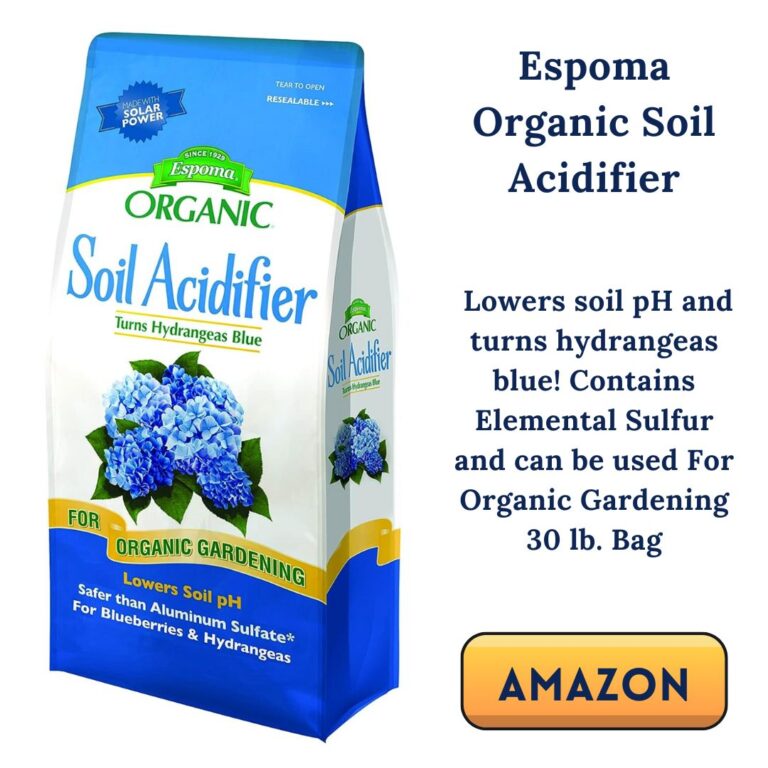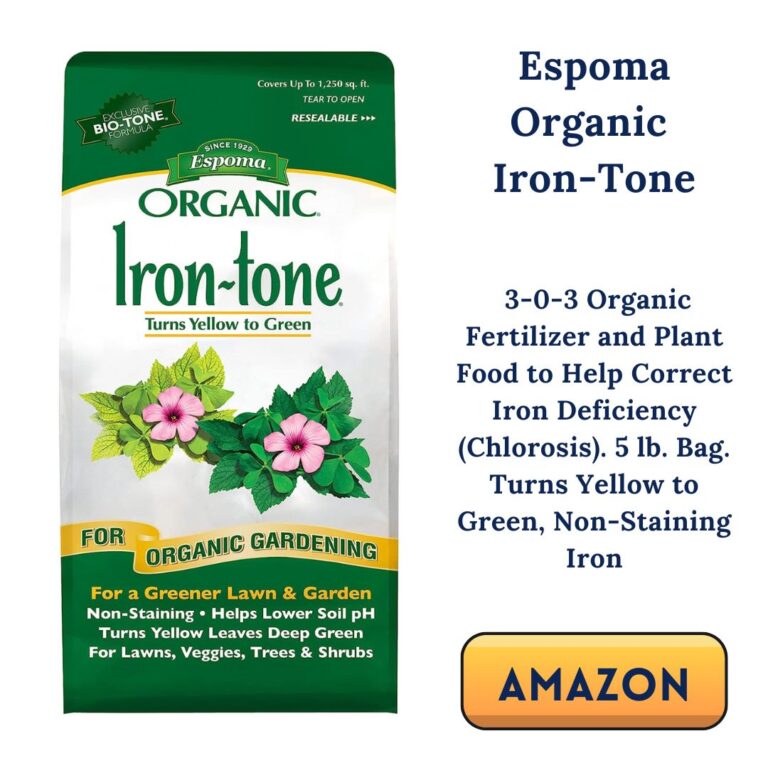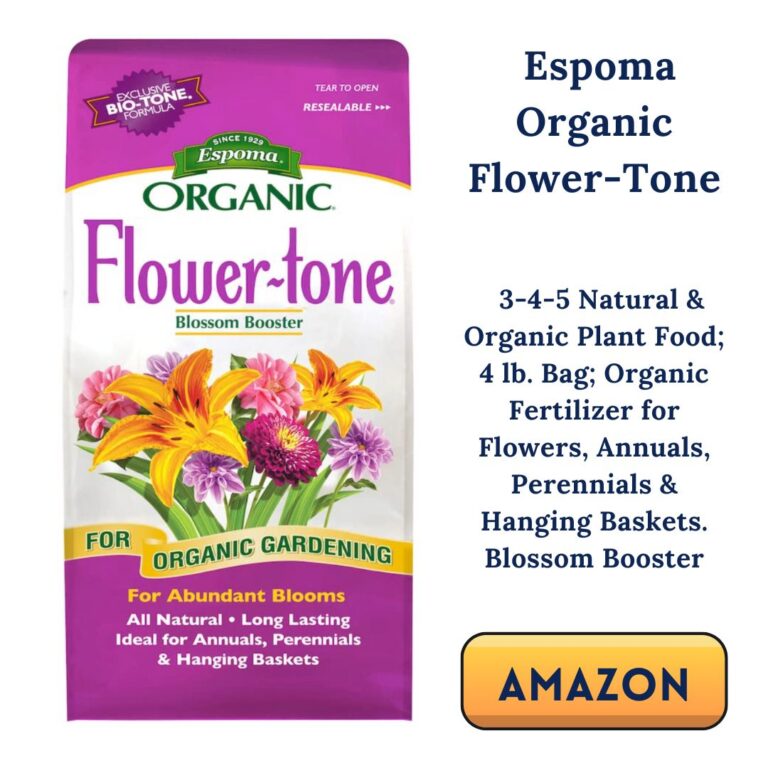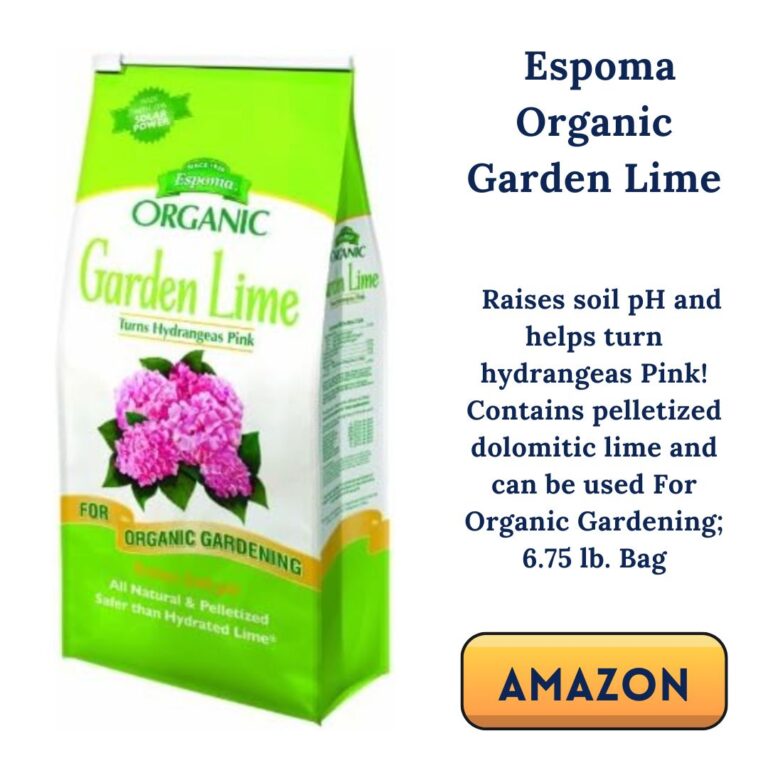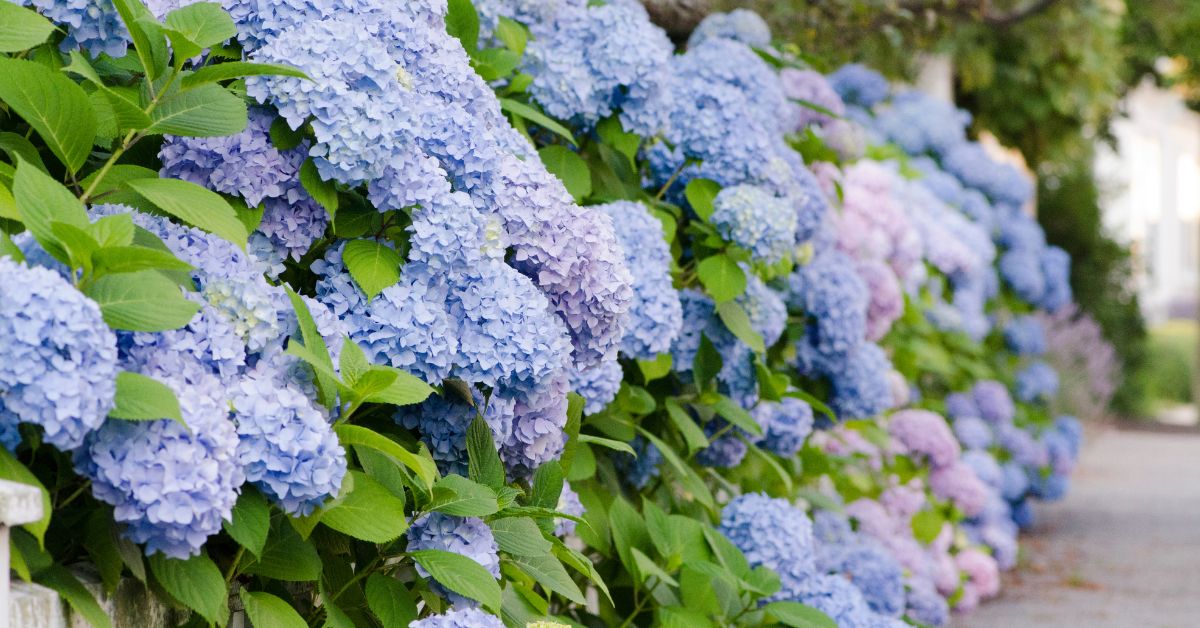
Best Fertilizer For Endless Summer Hydrangeas
Your Guide To The Best Fertilizer For Endless Summer® Hydrangeas And A Complete Growing Guide To These Remarkable Reblooming Hydrangeas

Nathan is a writer, designer, and horticulturist. Son of a 5th-generation California farming family, Nathan has a lifelong love for growing things. Nathan splits his time between his farms in Southern Tennessee and Central Italy, where he shares, weekly articles and videos about farming, gardening, botanical design, and more.
The old-fashioned and ever-popular bigleaf hydrangeas have been regulars in royal and cottage gardens for centuries, but about 20 years ago a new and improved version of the classic hydrangea made its debut in the world of gardening.
In 2004, Bailey Nursery based in St. Paul, Minnesota with growing grounds all over the United States, released their now-famous original “Endless Summer®” hydrangea. What made this particular variety so popular is that, unlike classic hydrangeas, this one boasted a bloom production that stretched from late spring through early fall. If you happen to live in a very cold climate you can expect a solid 8 weeks of blooms from your Endless Summer® hydrangea.
In this article, we will be covering not only the best fertilizer for Endless Summer hydrangeas but also how to care for your hydrangeas so that they stay healthy and happy for years to come.
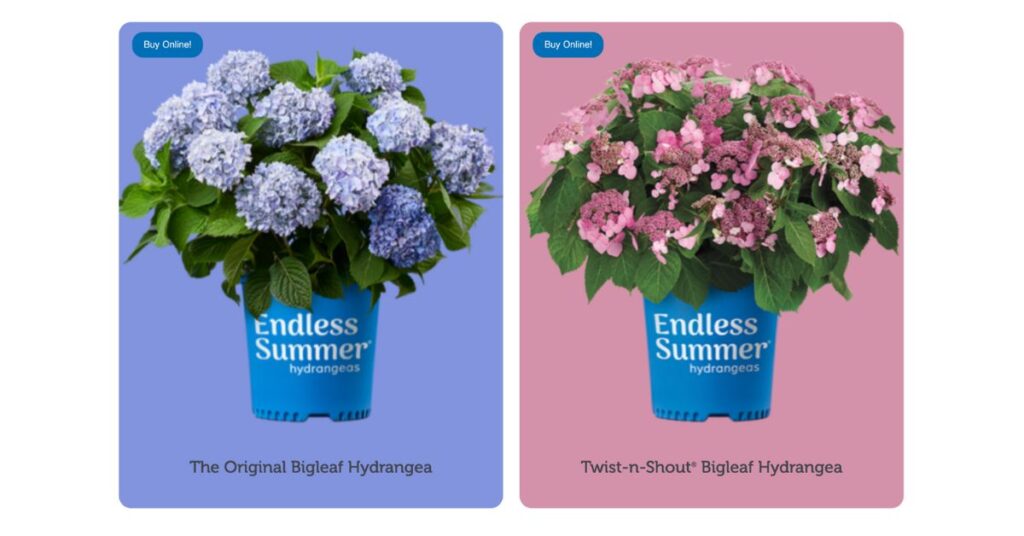
Fertilizing
Every hydrangea needs fertilizer.
But before you fertilize your Endless Summer® hydrangeas here are some other very important things to keep in mind about the general care and health of hydrangeas before you start dumping fertilizer on them.
- Watering: are you over-watering or underwatering? Evidence: crispy or yellowing leaves
- Are your plants infested with insects? Evidence: slow growth, insect residue.
- Is your hydrangea getting too much sun? Evidence: sunburned leaves, your hydrangea plant always wilts in the afternoon.
After checking out all of these issues, if you’re sure that a lack of fertilizer is truly what is holding your hydrangea back then proceed with one of these excellent fertilizers for your Endless Summer® variety or any others that you have in your garden.
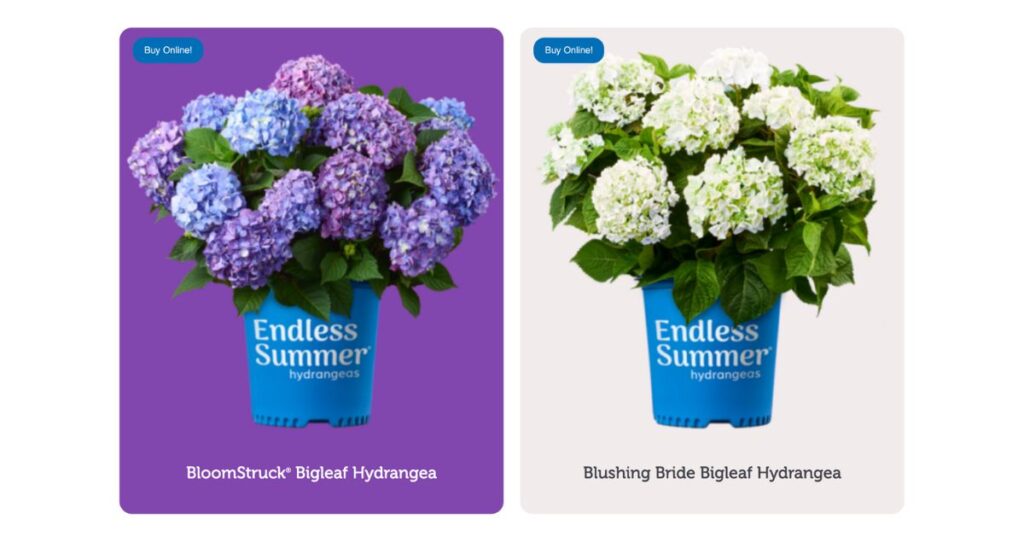
Here Are The 3 Basic Fertilizers You Will Need For Endless Summer® Hydrangeas
Like camellias and azaleas, hydrangeas are acid-loving plants. The higher the pH of a soil the more alkaline (salty) it becomes. In high-alkaline soil, your hydrangea will produce fewer blooms and there will be less vigorous new growth.
Best Balanced Fertilizer For Hydrangeas
This is a perfect acidic organic slow-release granular fertilizer that is perfectly formulated to lower the pH level of your soil and encourage any type of hydrangeas in your garden. Besides correcting the acidity of the soil, this fertilizer will cause your dull-colored hydrangea flowers into vibrant blue blooms.
Iron Fertilizer
If your hydrangea is suffering from low iron, this is one of the very best hydrangea fertilizers to correct an iron deficiency. How can you tell if your hydrangea needs iron? Low iron (chlorosis) is visible when the leaves of your hydrangea turn yellow but the veins remain green. Use this organic fertilizer to correct low iron and keep your hydrangea healthy and happy.
Flower Boosting Fertilizer for Hydrangeas
Although Endless Summer® hydrangeas are famous for blooming more than old-fashioned big-leaf hydrangeas, they still need a boost of energy in the spring and mid-summer to stimulate bloom and leaf growth.
This best organic hydrangea fertilizer will do just that.
Use this as soon as you see green growth appear in the spring and then again at the end of the first bloom cycle.
Turn Your Hydrangeas Pink With Garden Lime Fertilizer
Tired of blue flowers in your garden? Need a bit of Barbie pink in your life? This organic hydrangea fertilizer will deliver the best results while turning your hydrangea blooms pink. Fortified with garden lime, this type of fertilizer is perfectly formulated for acid-loving plants like your Endless Summer® hydrangeas.
How Do I Take Care Of My Endless Summer® Hydrangea?
I’m going to share what I’ve learned over the past 25+ years working in the nursery and landscape design fields with you.
The hydrangea is a deciduous shrub with beautiful blue, white, purple, and pink flowers.
Most of what I will be sharing with you in this section applies to both old-fashioned hydrangeas with large leaves as well as Endless Summer® hydrangea varieties such as “Summer Crush” and “Pop Star”.
The only section with slightly different information is the first section on pruning.
Pruning
The good news is that pruning your Endless Summer® hydrangeas is as easy as DON’T.
Not only do you not need to prune your Endless Summer® hydrangea plants, but if you do you will be damaging the flower buds for the next flowering.
Watch this video from Bailey Nursery the developers of Endless Summer® hydrangeas on everything you need to know about pruning these special hydrangeas.
Planting
Although planting Endless Summer® hydrangeas is easy, there are several things to keep in mind for the best success.
This video from the Endless Summer® growers will help you understand everything you need to know about planting hydrangeas.
Container Growing
Growing hydrangeas in containers is a highly rewarding and lovely way to add a pop of color to your garden.
There are several things to keep in mind when growing Endless Summer® hydrangeas in your garden.
Watering
Arguably one of the most important elements of caring for water-loving hydrangeas is how to properly water them.
Here’s a video that covers the specific details of how to properly water your hydrangeas of any variety.
Sun Requirements
Where a hydrangea is planted can be a deal-breaker.
In certain climates, such as the cloudy rainy Pacific Northwest of the US, full fun is acceptable.
However, in growing zones with hotter summers planting a hydrangea in a spot with morning sun and dappled afternoon shade is ideal.
Watch this video by the developer of Endless Summer® hydrangeas on the perfect spot to plant your new hydrangea plant.
Making Your Hydrangeas Bloom
Endless Summer® hydrangeas want to bloom – it’s sort of their thing. In order to help them maximize their life’s purpose remember that you should fertilize when new green shoots appear in spring. A second round of fertilizer should be applied after the first blooms have gone past their prime. To understand the best fertilizer for Endless Summer® hydrangeas watch this video.
Soil
Soil health is one of the most important yet underrated elements of gardening. There is no exception to this rule when growing Endless Summer® hydrangeas. Here’s an excellent video on the topic by the nursery that discovered the Endless Summer® hydrangea variety.
Winter Care
When growing Endless Summer® hydrangeas in both harsh winters and mild climates there are important things to keep in mind. Fortunately, hydrangeas are hardy plants that can make it through snow storms and blizzards with the right care.
Container Hydrangea Wintering
While hydrangeas are cold hardy plants, they have special requirements in getting through winters in containers. Tucking your potted Endless Summer® hydrangea or any other variety of hydrangea into a garage or garden shed and giving it a handful of snow to keep it watered once a month is just one of the tips for getting your hydrangea through the winter successfully.
Watch this excellent video for full details on containers during the winter

Recap: Endless Summer® Hydrangea Care
You may now consider yourself an expert at growing Endless Summer® hydrangeas and encouraging beautiful blooms through the entire growing season.
Here’s a quick summary of how to care for hydrangeas and achieve the best results:
Planting Guidelines
The best time to plant a hydrangea plant is in mid to late fall. Make sure to plant in a shady place in your garden that gets sun in the morning. Don’t plant any deeper than the soil level in the container that the plant came in.
Sun Requirments
Endless Summer® hydrangeas, like the old-fashioned Hydrangea macrophylla varieties, prefer morning sun and filtered afternoon shade.
Especially in warmer climates, hydrangeas need protection from the hot afternoon sun. Partial shade and morning sun are the keys to success.
Fertilizing Needs
Hydrangeas need a balanced NPK ratio slow-release fertilizer preferably high-quality organic options. Keeping the pH level of your soil low and high in acidity is the best way to ensure health and repeat blooms through the growing season. Here are some of the best organic fertilizer options on the market.
Watering Guidelines
Too much water is just about as bad as not enough water when it comes to growing happy hydrangea bushes. Whether it’s Endless Summer®, or any other type of hydrangea, proper care includes keeping the soil moist but not soggy. Enough water will keep your hydrangeas in good health with lush foliage and loaded with beautiful blooms all summer long.
Pruning Needs
The good news about pruning Endless Summer® hydrangeas is that they do not require pruning at all. As the flower buds on Endless Summer® hydrangeas form on old wood rather than on new growth, as with other varieties, the only thing you need to do to encourage lots of new growth is to deadhead old spent flower heads.
Soil Requirements
A well-drained soil with plenty of organic matter to retain moisture is the secret to keeping all your hydrangea varieties happy throughout the growing season and into the winter months. The root system of a plant is its source of health and vigor.

Thank You To The Creators Of Endless Summer® Hydrangeas
I want to offer a big “Thank You” to the good folks at Bailey Nurseries for the very helpful content and for introducing Endless Summer® hydrangeas to the gardening world.
During the years I worked as a propagation manager at a nursery in California, I had the privilege of visiting Bailey Nursery in Oregon – it was an unforgettable and rewarding experience.
How to Change the Colors of Hydrangeas
Hydrangeas can change color based on the pH level of your soil. You can influence whether your plant blooms blue or pink by adjusting the soil’s chemistry.
Want blue blooms? You’ll need acidic soil. Aim for a pH between 5.0 and 5.5. The lower the pH, the more aluminum becomes available to the plant. Aluminum encourages blue flowers.
For pink blooms, you need alkaline soil. A pH of 6.0 or higher works best. In this range, aluminum becomes less available. Without it, flowers turn pink.
So how do you change the pH?
To make the soil more acidic, add aluminum sulfate. You can find it at most garden centers. Mix it into the soil around your hydrangea in early spring. Water well after applying.
For a slower approach, use natural soil acidifiers like pine needles, coffee grounds, or compost made from oak leaves. These can gently lower pH over time.
To make the soil more alkaline, add garden lime. Like with aluminum sulfate, apply it in early spring and water it in. Be careful not to add too much at once. Test your soil before and after to track progress.
Remember that white hydrangeas usually stay white. You can’t change their color by altering the soil.
Not all hydrangea varieties respond to pH changes. Bigleaf hydrangeas (Hydrangea macrophylla) and lacecap types are the most likely to change. If you’re not sure which type you have, check the tag from when you bought the plant.
Once you start adjusting your soil, be patient. It can take weeks or months for flowers to show the difference. For the most accurate results, test your soil pH with a home kit or lab service.
Simple Tips for Growing Healthy Hydrangeas
Hydrangeas need consistent moisture. Keep the soil evenly damp but not soggy. Water in the morning so leaves dry before nightfall.
Pick a spot with morning sun and afternoon shade. Too much sun can dry them out. Too much shade can reduce blooms.
Use mulch to help hold moisture and protect roots. Apply a two- to three-inch layer around the base, but keep it away from the stems.
Prune only when needed. Some types bloom on old wood, others on new. Know which one you have before cutting.
Fertilize lightly in spring. Too much can lead to lots of leaves and few blooms. Use a slow-release product designed for flowering shrubs.
Hydrangeas grow well in both the ground and containers. If you’re using a pot, make sure it drains well and is big enough for root growth.
Keep an eye out for wilting, yellowing, or leaf spots. These may signal overwatering, poor drainage, or disease.
Want more blooms? Focus on soil, water, light, and pruning at the right time. That’s the formula for strong growth and colorful flowers.
Disclosure:
Here at All Roads Lead To Italy, we only recommend products we would use ourselves and all opinions expressed here are our own.
This post may contain affiliate links with potential savings at no additional cost to you.
In some cases, we may earn a small commission.
Read our privacy policy for full details.

Nathan is a writer, designer, and horticulturist. Son of a 5th-generation California farming family, Nathan has a lifelong love for growing things. Nathan splits his time between his farms in Southern Tennessee and Central Italy, where he shares, weekly articles and videos about farming, gardening, botanical design, and more.

